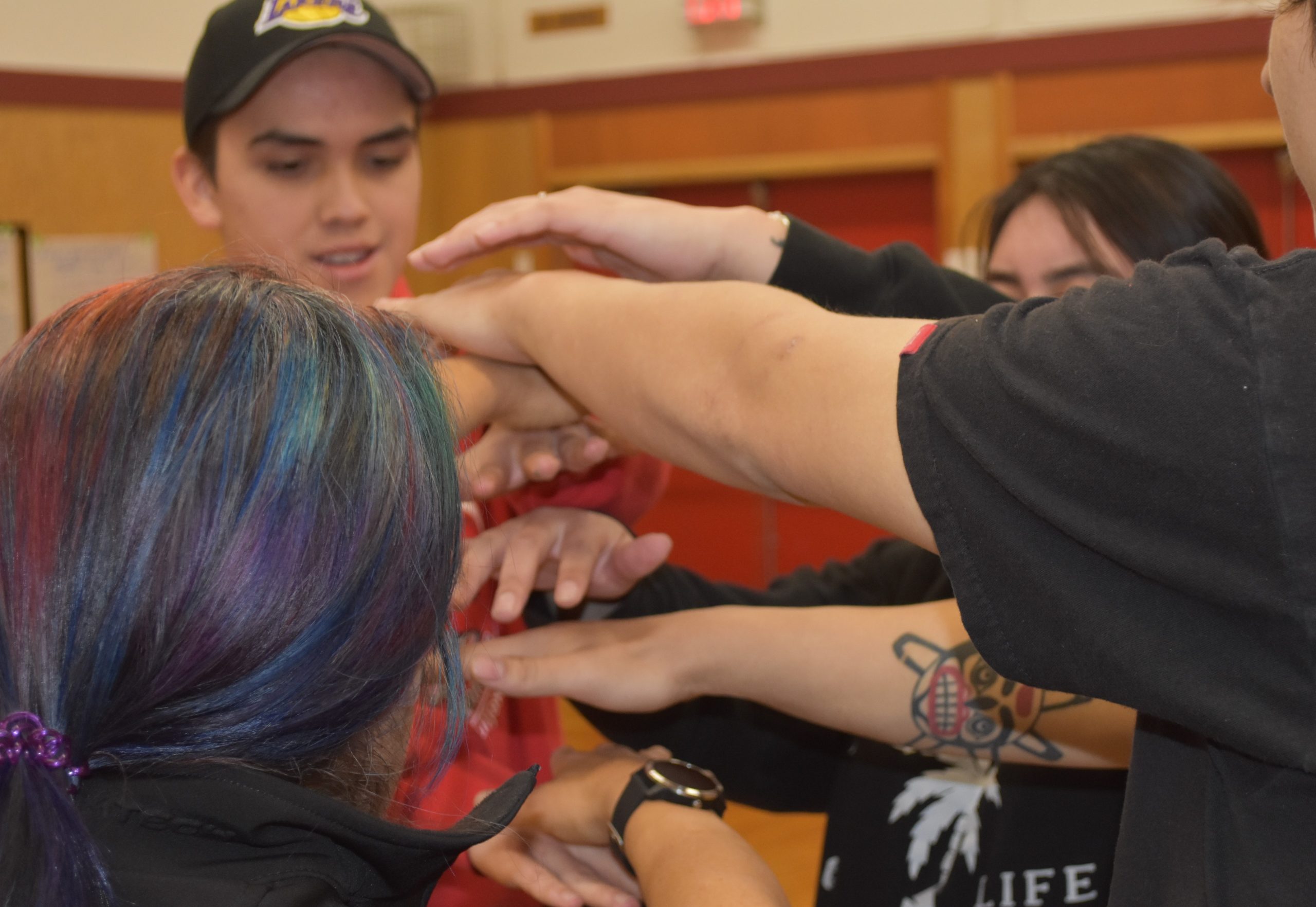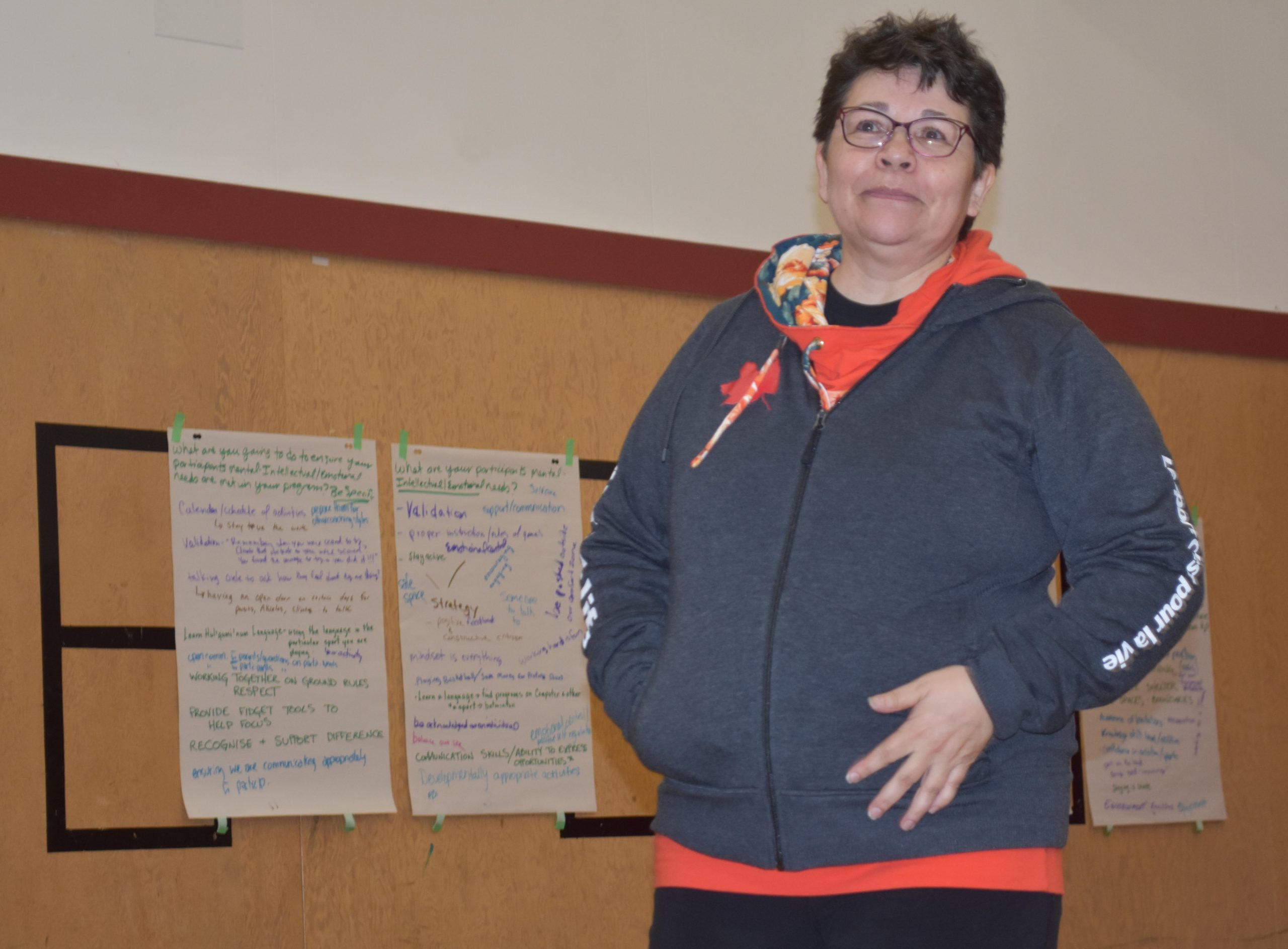The PL4C-BC project supports Indigenous communities
 As the Physical Literacy for Communities – British Columbia (PL4C-BC) initiative rolls out across the province, leaders from Sport for Life have been theorizing the best way to approach and collaborate with Indigenous participants. In 2019 they began work with two Indigenous communities, and word began to travel. When four more Indigenous communities applied the following year, project manager Tom Jones instantly recognized it for what it was: a chance to learn and support.
As the Physical Literacy for Communities – British Columbia (PL4C-BC) initiative rolls out across the province, leaders from Sport for Life have been theorizing the best way to approach and collaborate with Indigenous participants. In 2019 they began work with two Indigenous communities, and word began to travel. When four more Indigenous communities applied the following year, project manager Tom Jones instantly recognized it for what it was: a chance to learn and support.
“We’ve worked with Indigenous communities for many years as part of the previous intakes, and we’re always talking to the Indigenous Sport, Physical Activity and Recreation Council (I·SPARC) to see how we can best engage these communities in each of our working groups, but the truth is we just haven’t had that many,” said Jones.
“Fast-forward to the 2020 intake, our third, and we’ve now got five new communities, four of them Indigenous: Campbell River, Nlaka’pamux & Secwepemc Nations, Hudson’s Hope, Bridge River Indian Band, and Shxw’ōwhámél First Nation. Right away we realized this is a real opportunity to take a focused approach and build customized programming to service and engage Indigenous communities.”
The goal is to assist the communities in articulating a vision for how to advance physical literacy initiatives for their populations, building on pre-existing wisdom and supporting any programs or projects that are already underway. This plan will include milestones for the working group to aim towards. At the end of the two-year process, the community will use this as a foundation to continue advancing their physical literacy initiatives into the future.
Typically during the PL4C program, a multi-sectoral group of community representatives comes together to create a network that values and supports the development of physical literacy. According to Jones, this approach may not be a best fit for some Indigenous communities. Sport for Life knows already that there are certain processes that need to be respected, and the working group will need time to build relationships and gain trust. In some instances, Jones and his team may need to completely rethink how they deliver content, keeping their minds and hearts open.

Dorothy Paul
“We’ve mobilized one of our Indigenous mentors, Dorothy Paul. Dorothy will engage closely with the community and I’ll provide program and mentor support as a non-Indigenous person who has knowledge of how the PL4C program unfolds. It will be a partnership approach. We’ll be learning as well as imparting knowledge,” Jones said.
“The biggest challenge is engaging the Indigenous community to the point where they own the process and we are simply supporting them, because that’s the only way it will live beyond our two-year engagement.”
Sport for Life’s Drew Mitchell, Senior Director of Social Enterprise and Physical Literacy Development, can’t wait to pursue this pathway. He hopes the program will supply them with strategies on how to include physical literacy in their current and future programs, as well as draw their attention to programming they didn’t realize was available to them.
“This is a unique opportunity to evolve our PL4C program approach, and will create unique partnerships in Indigenous communities. We are excited to continue this work, and join our Indigenous partners on this journey.”
